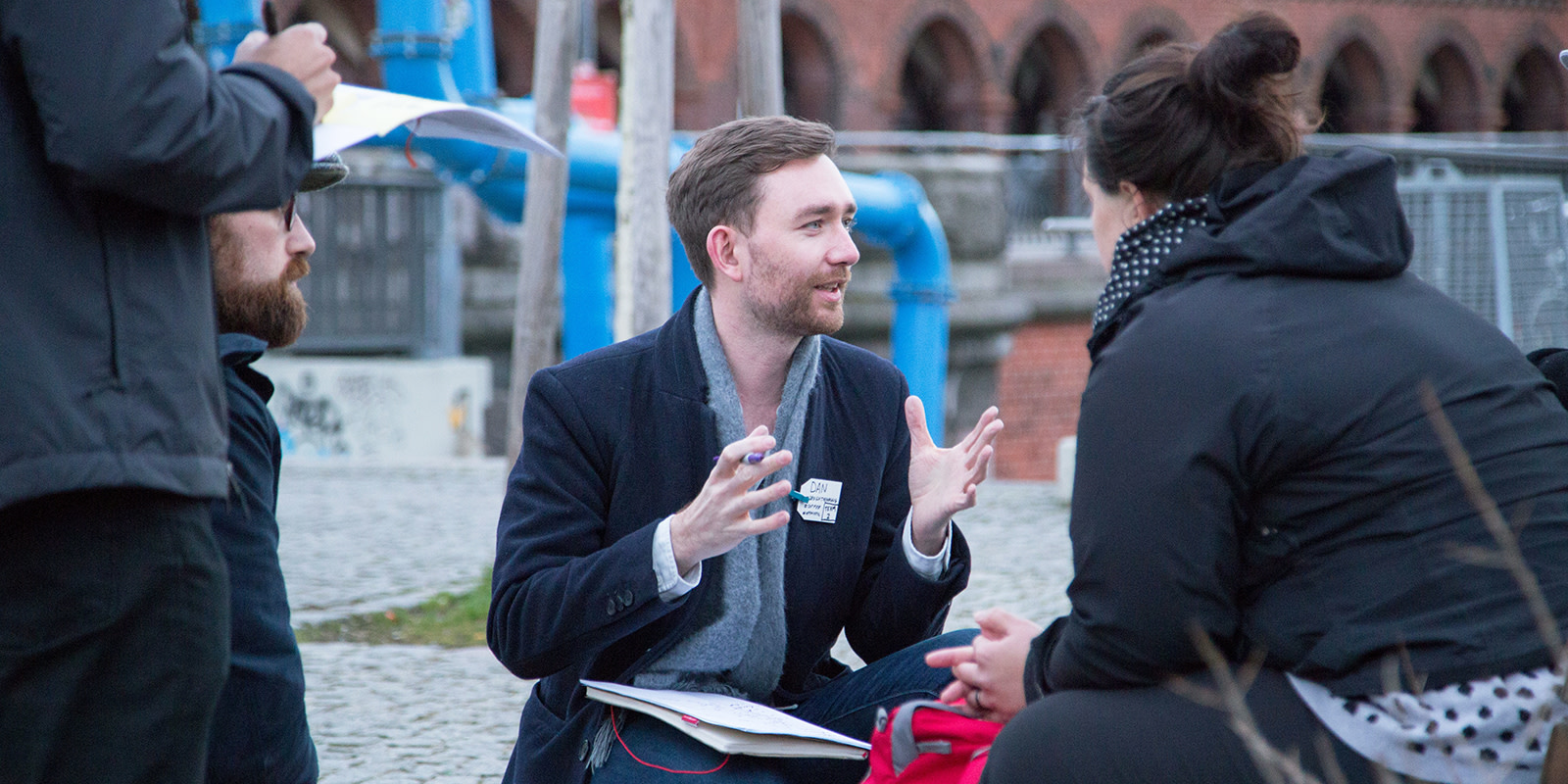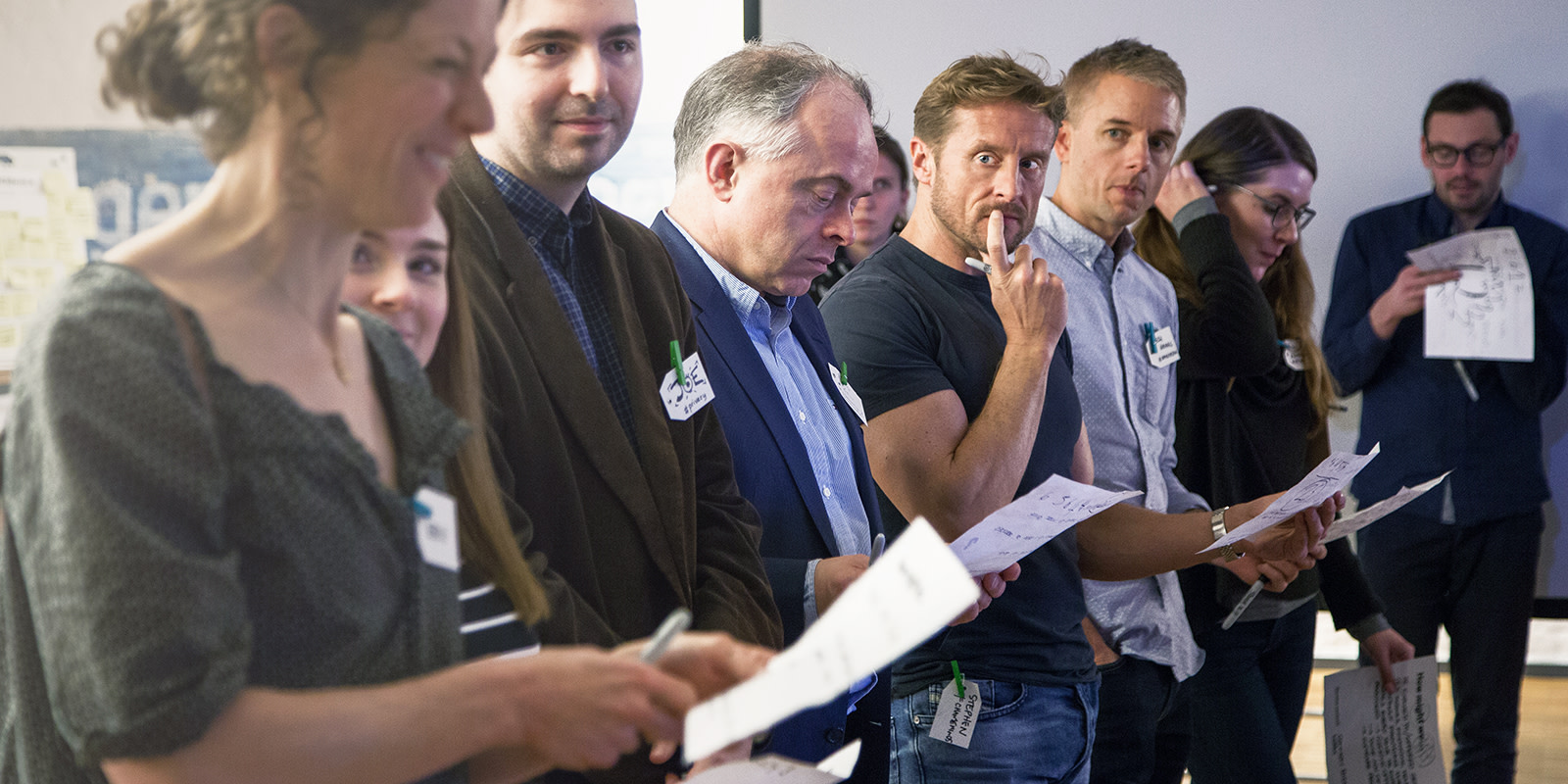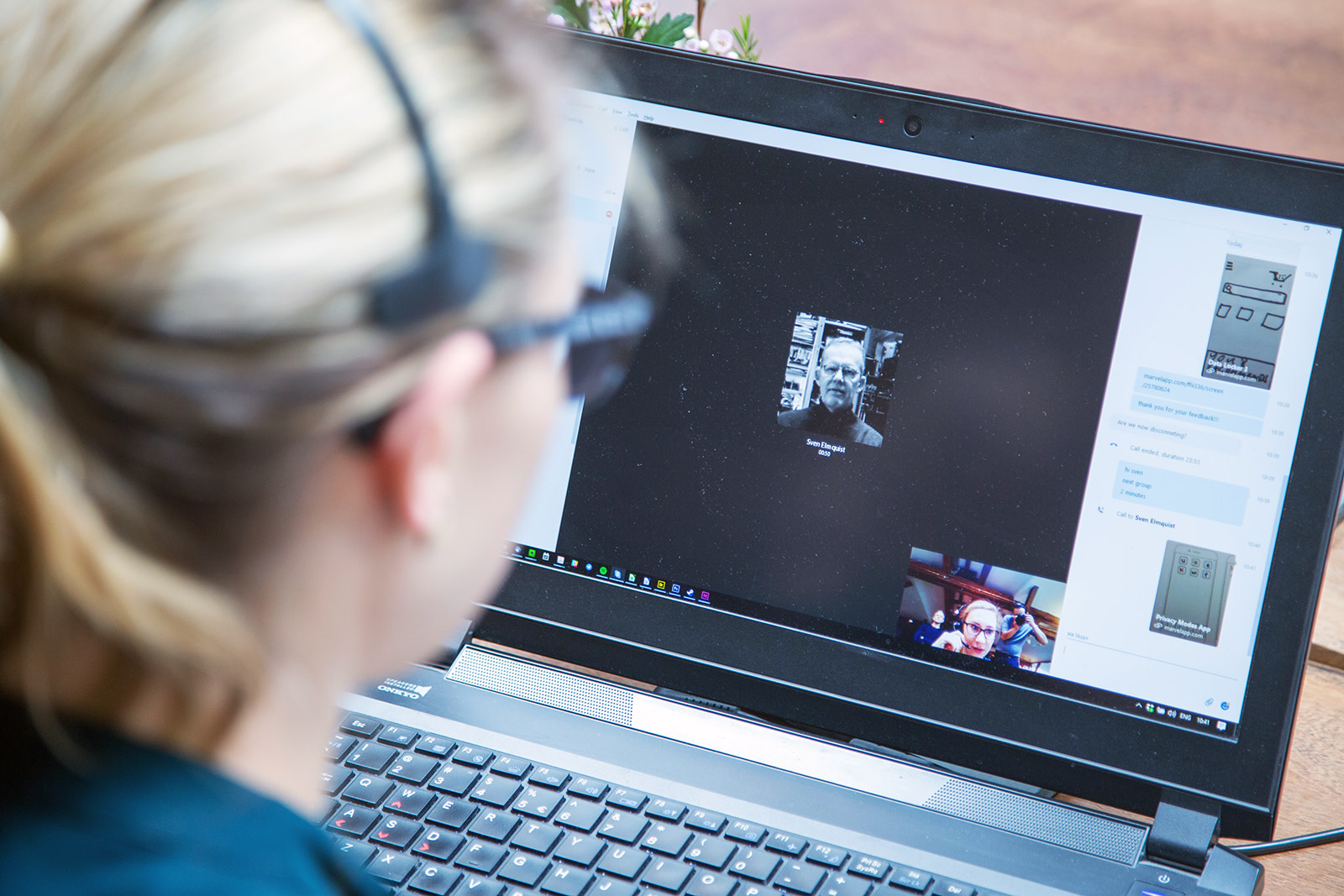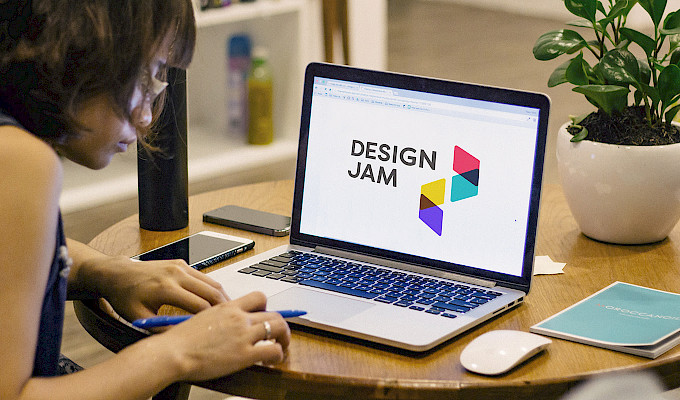Trust, transparency and control
Berlin
8th Mar 2017 at The Private Roof Club
Born from a recognition that data drives some of the most significant advances in the modern world, a group of designers, privacy experts, academics, policymakers and user experience experts gathered in Berlin in March 2017 for the first-ever Design Jam to explore ways of improving trust, transparency and control around data.
Data drives advances in the modern world, but people need better ways of understanding how it all works. While legal documents are important, we need to couple them with people-centric design that consumers find engaging and intuitive.
Organizations including service innovation consultancy Work Play Experience, business consultancy Ctrl-Shift, the University of Southampton and Facebook piloted this unique workshop.
To design new ways to help people understand and manage how their data is used, to give them better visibility and control while delivering a frictionless, enjoyable experience.
We welcomed experts from a variety of disciplines, including representatives from service design and business consultancies, universities, public bodies and industry.
"For there to be transparency and accountability, people need to understand what’s happening with their data. Effective design can help to achieve that"
Senior Policy Officer, Information Commissioner’s Office, UK
Below is an outline of the stages and exercises that took place at this Design Jam. For everything that you need to facilitate your own workshop, please follow the links to the relevant part of our toolkit.
In this pilot workshop, participants went from insight gathering and brainstorms to prototypes and in-the-wild testing in three action-packed, high-energy days.
Discovery
On the first day, participants were welcomed and introduced to design thinking. The initial exercise explored ideas around trust, transparency and control by brainstorming as a group around each of the following areas:
- building trust, transparency and control
- privacy, data and consent
- services and new functionality
- user confidence
- customer experience and friction

To build empathy, participants took to the streets of Berlin to interview users with different perspectives on personal data. They used Skype to have more in-depth conversations with a mix of people based on their backgrounds, demographics and general attitudes toward privacy and data. The aim was to understand what people want when it comes to data-driven services, what their concerns are and how they like to receive information and make choices about how their data is used.
On the second day, participants hit the wall with their research from user interviews and then analysed user needs. They identified opportunities based on notes from the brainstorming exercise. Some of the unique groupings of questions that emerged from this Design Jam included ideas on how might we:
- be transparent?
- build trust?
- explore the concept of data?
- explore the concept of data ownership?
- build new functionality?

Participants were asked to map out the ways in which these opportunities might occur by linking them to ideas about service creation.
Each team fed off previous insights from the previous exercise to look at persona overviews for fictional user profiles on their chosen service.
Ideate & Prototype
The facilitators introduced brainstorming rules and introduced the teams to sketching ideas. The groups set out to create user-interface design templates that reflect how people behave and interact online with the following constraints:
- People need to be able to sign up for, and use, services quickly and with minimum friction
- Service providers need to minimize the disruption to people’s intent to sign up to, and use, a service
- People need to fairly understand what data about them is collected and used by a service
Teams sketched and received feedback, selecting ideas with dot voting. Teams then moved to build digital prototypes of a single idea for each startup's app layout, based on the brief, and using props like Lego, Playmobil and Play Doh. They then worked to create a pitch.

On day 3, participants played out and tested use cases with members of the public via Skype. Each team revised and refined their pitch, telling the story of their design patterns back to the whole group, and received feedback. Participants then themselves gave feedback about their experience of this pilot Design Jam.
